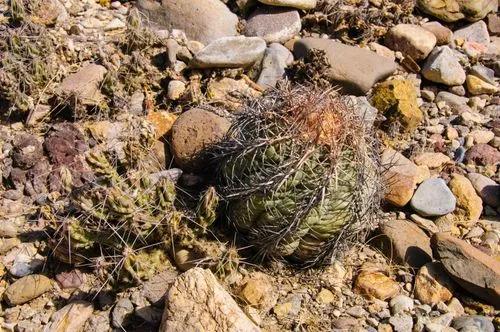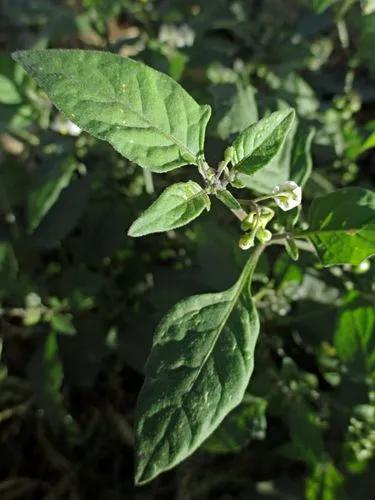The mesmerizing beauty of the Moth Orchid has been enchanting amateur and professional plant lovers for decades. Whether you’d like to add some tropics to your space or simply refresh the dwelling, this Orchid species can come in handy.
Moth Orchid Care
Phalaenopsis × Singuliflora



Commonly known as Moth Orchid, Phalaenopsis × Singuliflora is a cultivar of Phalaenopsis bellina and Phalaenopsis sumatrana species. Native to Borneo island, this flowering plant feels best in a humid, tropical climate. Moth Orchid usually reaches 6–8 in (15–20 cm) tall and blooms with 5-petalled variegated flowers in late spring. The blooms consist of 5 ovate-shaped wavy petals and a column in the middle. The flower coloring can vary from white through yellow to purple, organized in a horizontally-lined pattern.
How to Care for the Plant

Water

Grown at home, Moth Orchid would benefit from regular twice-a-week watering during the spring-summer growing season. It’s better to practice bottom watering for this plant and mist it regularly to create a similar to natural environment.

Pruning

This Orchid species requires regular yearly pruning. Remove the dry stalks at the base with a sterile pruning tool right after the blooming season is over. This will encourage new flowering the next year.

Fertilizer

Like other Orchid species, Phalaenopsis singuliflora needs regular fertilizing to stay healthy. Feed this flowering beauty with Orchid-specific fertilizer diluted to half-strength every two weeks in spring and summer. It’s best to use a balanced 10-10-10 NPK fertilizer. Avoid feeding the plant in fall and winter, as it goes dormant.

Sunlight

It’s best to keep the plant away from direct sunlight. Put the Moth Orchid in a bright place with filtered light as the plant grows under the protection of taller trees in its natural habitat.

Soil

Moth Orchid would feel best in an Orchid-specific potting mix made of bark, peat moss, and perlite. You may go with a ready-to-use soil or do it on your own by mixing the materials in equal proportions.

Propagation

The fastest way to propagate Moth Orchids is by taking keiki, the Orchid’s baby plants. Let the keiki develop several roots and at least two leaves, and cut it with a sterile blade. Plant new greenie in an Orchid-specific potting mix and keep the ground regularly moist to help the cutting establish.

Temperature

Native to a mild tropical climate, Moth Orchid would prefer 66–86°F (19–30°C) temperature during the day and 61–66°F (16–19°C) at night. Keep the plant away from draughts and severe temperature fluctuations.

Container

It’s best to grow Phalaenopsis singuliflora in an Orchid-specific transparent pot, as the plant’s roots take part in photosynthesis just. Make sure to choose a pot with drainage holes. Orchids like to be bottom watered.

Fun fact

The part singuliflora in the plant’s scientific name is influenced by the Orchid’s habit of producing one bloom right after another.

Popularity

19,439 people already have this plant 1,637 people have added this plant to their wishlists

Common pests

Moth Orchid can be affected with mealybugs that feed on its juicy sap. In case you spot any webbing or white coating on the foliage, treat the Orchid with an insecticide or neem oil.

Frequent diseases

Root rot, anthracnose, and botrytis petal blight are common diseases that make Moth Orchids suffer. It’s best to maintain a regular watering routine to avoid such issues. If your plant gets infected, remove the damaged parts and treat it with a fungicide. The Orchid will benefit from a repotting afterward.

Botanist’s tips

Discover more plants with the list below
Related articles






